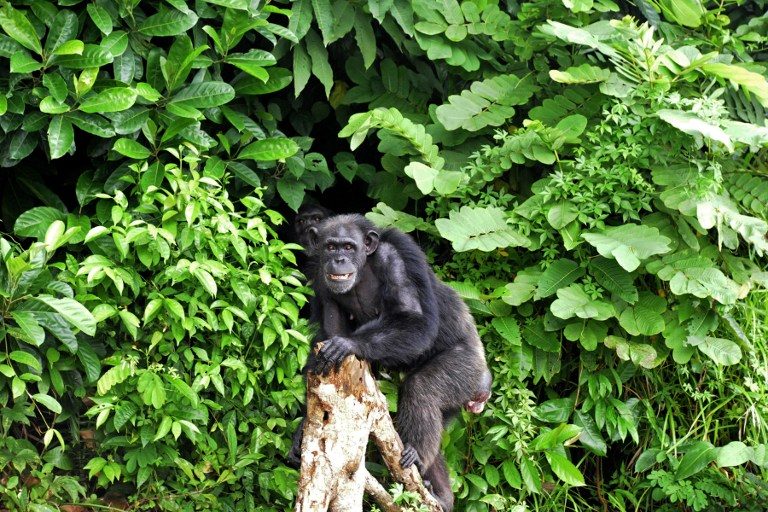SUMMARY
This is AI generated summarization, which may have errors. For context, always refer to the full article.

PARIS, France – Scientists announced Thursday, March 9 that they have developed a vaccine to shield endangered chimpanzees and gorillas against Ebola, which has wiped out tens of thousands of the wild apes in 3 decades.
The vaccine is given orally, the developers said, which means it can be put into food bait and left out for the animals to eat — easier and less traumatic than darting.
“Our closest relatives are being driven rapidly towards extinction by diseases like Ebola, by commercial bushmeat hunting and by habitat loss, and for a lot of this we are responsible,” said Peter Walsh of the University of Cambridge, who took part in the research.
“We now have this technology that can help save them, and there is a moral obligation that we should do it,” he told the Agence France-Presse.
In laboratory tests with 10 chimpanzees, the vaccine – dubbed filorab1 – was shown to be safe, and created “a robust immune response” to the Ebola virus, a team said in the journal Scientific Reports.
Walsh is now developing a system for putting the vaccine into bait that gorillas will eat in the wild. Only then can it be rolled out.
Ebola was first identified in what was then Zaire – now the Democratic Republic of Congo – in 1976.
Since then, there have been several outbreaks of the disease, which is deadly to all members of the primate family.
“It has already killed about a third of gorillas in the world,” said Walsh — amounting to “tens of thousands” of animals.
Gorillas and chimps often live in very densely forested areas, and are extremely shy of humans – making their population numbers hard to track.
“When there is an outbreak in a local area, 95 or 90 percent of the gorillas die,” said Walsh.
For chimpanzees, the number of Ebola deaths is even more obscure, but likely “in the low tens of thousands,” he added.
Most gorillas live in an area covering parts of Gabon, Cameroon, Congo, Central African Republic, Guinea and DR Congo, while chimps are more widely spread across the continent.
Without an Ebola vaccine, argued Walsh, the world will end up with “a few little remnant populations of chimps and gorillas.
“We need to do it for our cousins in the wild,” he said of a vaccine rollout.
It would have the added benefit of protecting humans — many of whom have caught the deadly Ebola virus from eating infected apes. – Rappler.com
Add a comment
How does this make you feel?
There are no comments yet. Add your comment to start the conversation.